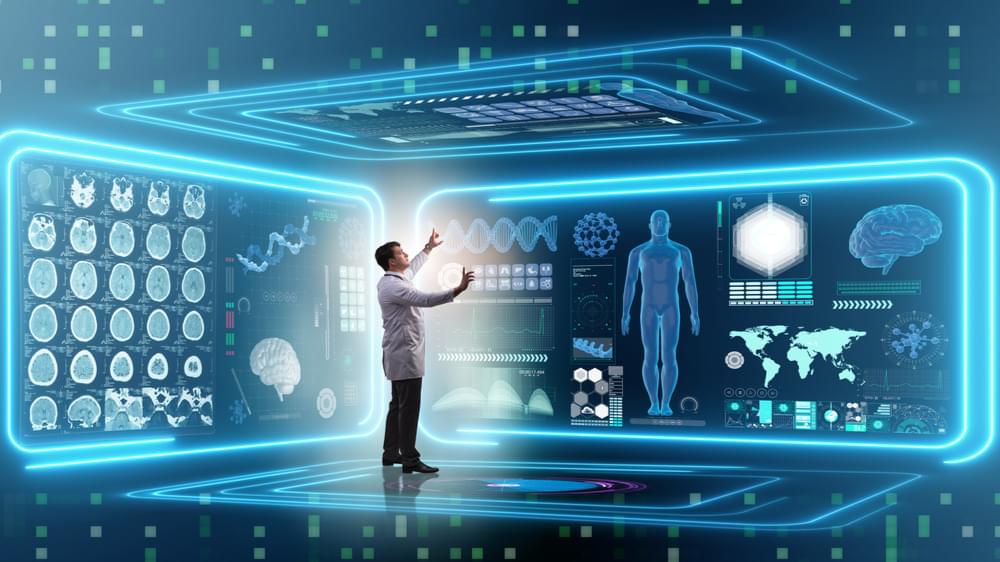“As a computer scientist, I don’t like the term ” A.I.” In fact, I think it’s misleading—maybe even a little dangerous. Everybody’s already using the term, and it might seem a little late in the day to be arguing about it. But we’re at the beginning of a new technological era—and the easiest way to mismanage a technology is to misunderstand it.
The term artificial intelligence has a long history—it was coined in the nineteen-fifties, in the early days of computers. More recently, computer scientists have grown up on movies like The Terminator and The Matrix, and on characters like Commander Data, from Star Trek: The Next Generation. These cultural touchstones have become an almost religious mythology in tech culture. It’s only natural that computer scientists long to create A.I. and realize a long-held dream.
What’s striking, though, is that many of the people who are pursuing the A.I. dream also worry that it might mean doomsday for mankind. It is widely stated, even by scientists at the very center of today’s efforts, that what A.I. researchers are doing could result in the annihilation of our species, or at least in great harm to humanity, and soon. In a recent poll, half of A.I. scientists agreed that there was at least a ten-per-cent chance that the human race would be destroyed by A.I.






